The Lucky Seventh In The Bulge: A Case Study For The Airland Battle
Nonfiction, History, Military, Strategy, Aviation| Author: | Captain Robert G. Fix | ISBN: | 9781782897194 |
| Publisher: | Tannenberg Publishing | Publication: | August 15, 2014 |
| Imprint: | Tannenberg Publishing | Language: | English |
| Author: | Captain Robert G. Fix |
| ISBN: | 9781782897194 |
| Publisher: | Tannenberg Publishing |
| Publication: | August 15, 2014 |
| Imprint: | Tannenberg Publishing |
| Language: | English |
More so than any other operation, the Campaign to seize Okinawa in the closing days of World War II represents the greatest joint effort undertaken by the US Military. From its organization to the way it fought, Tenth Army incorporated every element of the service to a degree never before attempted and never since replicated.
This study analyzes the Okinawa Campaign, Operation ICEBERG, using the operational operating systems as a framework for assessing how well the Tenth Army conducted the campaign and for determining what lessons are applicable to joint operations at the field army level.
This study first traces the historical background of field armies in the twentieth century and shows that every major conflict has included combat operations at this level. It then outlines the operational operating systems as defined in TRADOC Pamphlet 11-9. Before actually analyzing the campaign, the study provides a battle summary of the Okinawa Campaign which provides the basis for analysis.
The study then looks at the campaign through each of the six operational operating systems to determine how Tenth Army planned for the operation, how well it performed, and what lessons can be extracted and applied to today’s joint operational requirements.
Although Okinawa was the largest joint operation of the war, it was not the largest planned joint operation. Operation DOWNFALL, the campaign to seize the Japanese islands, was the largest planned. So Okinawa was really a test of how joint operations at the large unit level could be conducted. Although the war ended prior to the invasion of Japan, the lessons the US Military learned in executing ICEBERG are still relevant and still provide insight into how joint operations should be conducted at the field army level.
More so than any other operation, the Campaign to seize Okinawa in the closing days of World War II represents the greatest joint effort undertaken by the US Military. From its organization to the way it fought, Tenth Army incorporated every element of the service to a degree never before attempted and never since replicated.
This study analyzes the Okinawa Campaign, Operation ICEBERG, using the operational operating systems as a framework for assessing how well the Tenth Army conducted the campaign and for determining what lessons are applicable to joint operations at the field army level.
This study first traces the historical background of field armies in the twentieth century and shows that every major conflict has included combat operations at this level. It then outlines the operational operating systems as defined in TRADOC Pamphlet 11-9. Before actually analyzing the campaign, the study provides a battle summary of the Okinawa Campaign which provides the basis for analysis.
The study then looks at the campaign through each of the six operational operating systems to determine how Tenth Army planned for the operation, how well it performed, and what lessons can be extracted and applied to today’s joint operational requirements.
Although Okinawa was the largest joint operation of the war, it was not the largest planned joint operation. Operation DOWNFALL, the campaign to seize the Japanese islands, was the largest planned. So Okinawa was really a test of how joint operations at the large unit level could be conducted. Although the war ended prior to the invasion of Japan, the lessons the US Military learned in executing ICEBERG are still relevant and still provide insight into how joint operations should be conducted at the field army level.
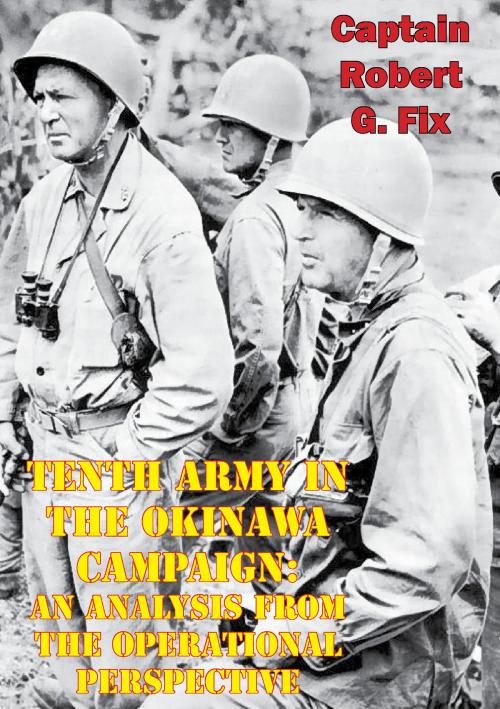






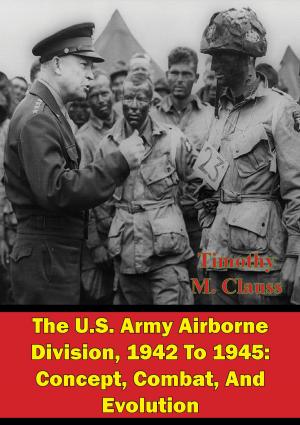
![Cover of the book Thunderbolt!: The Extraordinary Story Of A World War II Ace [Illustrated Edition] by Captain Robert G. Fix](https://www.kuoky.com/images/2015/november/300x300/9781786251817-P2gc_300x.jpg)

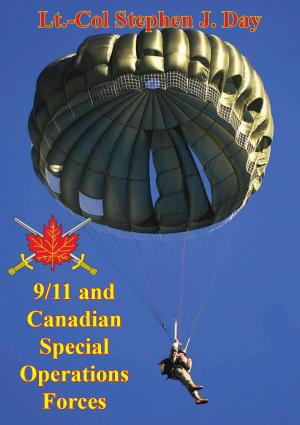
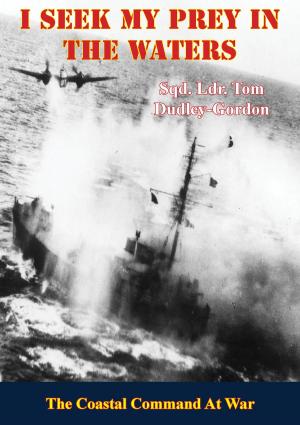
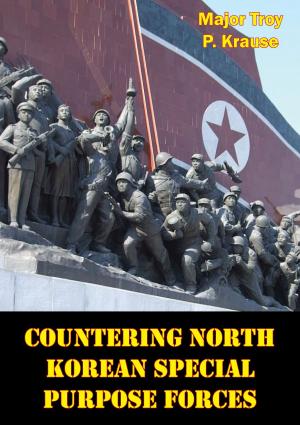

![Cover of the book Like A Thunderbolt: The Lafayette Escadrille And The Advent Of American Pursuit In World War I [Illustrated Edition] by Captain Robert G. Fix](https://www.kuoky.com/images/2015/november/300x300/9781786252470-JBzr_300x.jpg)
